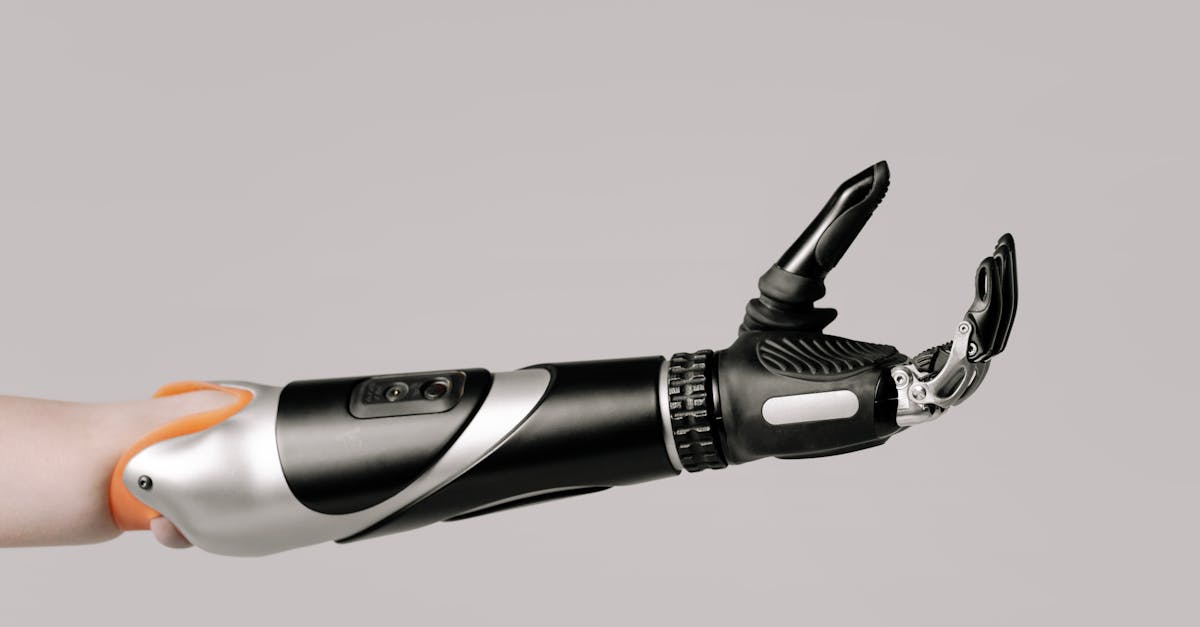Cardiac rehabilitation is a crucial step in the management of patients who have suffered from cardiovascular diseases. In response to the evolution of scientific knowledge, new protocols and approaches are emerging to optimize these programs. These innovations aim not only to improve exercise capacity but also to address risk factors and tailor treatments, which is vital for reducing morbidity and mortality. Current modalities focus on a personalized approach, where the needs of each patient are meticulously taken into account, thereby facilitating effective and sustainable recovery.

Cardiac rehabilitation is a multidisciplinary therapeutic program designed for patients suffering from cardiovascular diseases. This process is of paramount importance in the overall management of individuals who have suffered cardiac incidents such as myocardial infarctions, cardiac surgeries, or heart failures. New protocols and approaches are based on evidence and aim to improve the patients’ quality of life while decreasing the morbidity and mortality associated with cardiovascular conditions.
Modern cardiac rehabilitation protocols integrate several components. First, exercise training is a crucial aspect. This program allows patients to regain optimal exercise capacity through physical exercises tailored to their condition. Recent studies demonstrate that this approach contributes not only to improving physical performance but also to reducing the risk of future cardiovascular events.
Next, emphasis is placed on the correction of risk factors related to cardiac pathology. This includes managing body weight, optimizing glycemic control in diabetics, and promoting an active lifestyle for individuals in situation of sedentariness. It is imperative that each patient benefits from personalized follow-up, including nutritional advice and encouragement for regulated physical activity.
Moreover, the optimization of drug treatment is essential in the context of cardiac rehabilitation. Health professionals must regularly assess the therapeutic resources of patients. This includes adjustments to maximize the effectiveness of antihypertensive, antidiabetic, and anticoagulant medications and to ensure adherence to treatment. In this regard, specific recommendations, such as those highlighted in the article on optimizing follow-up for post-myocardial infarction patients in cardiology, provide interesting perspectives.
The psychological dimension should not be overlooked in rehabilitation programs. Psychosocial approaches also prove essential to manage anxiety and depression that may arise following major cardiac events. The establishment of support groups or psychotherapy sessions helps alleviate stress factors, hence the importance of stress management techniques, which can be applied in the context of cardiac patient rehabilitation.
The physical exercise techniques in cardiac rehabilitation have evolved to become more varied. Classic programs include sessions of muscle strengthening, cardio training, as well as flexibility exercises. These new methodologies take into account the age, sex, and specific co-morbidities of patients. Rehabilitation protocols now strive to make exercise not only a therapeutic obligation but also an enjoyable practice.
Additionally, technological innovations present unprecedented opportunities for monitoring patients’ progress in real time. Telemonitoring equipment allows for remote follow-up, providing health professionals with valuable data that can guide treatments. Mobile applications and wearable devices assist patients in their daily efforts, seamlessly integrating with the rehabilitation process.
In the context of cardiac rehabilitation, interprofessional communication is crucial. The multidisciplinary team often includes cardiologists, physiotherapists, dietitians, and psychologists to create a comprehensive program tailored to each individual. Sharing information among these professionals is fundamental to ensuring continuity of care and efficient follow-up.
Finally, rehabilitation programs must be constantly evaluated through research and clinical studies. Collecting data on treatment outcomes, patients’ quality of life, and satisfaction with the care received should be at the forefront of the teams’ concerns. This is particularly important for patients with heart failure with preserved ejection fraction, where pilot studies indicate significant improvements in exercise capacity following rehabilitation.
In this quest to improve outcomes in heart health, it is fundamental that new approaches are integrated into standard rehabilitation practices. Every patient should have access to a personalized program that takes into account their own challenges and needs. Thus, the futuristic prospects of cardiac rehabilitation will continue to take shape through excellence in care and a patient-centered approach.

Introduction to Cardiac Rehabilitation
Cardiac rehabilitation is a set of care and interventions aimed at optimizing the recovery of patients who have experienced cardiovascular events. The recently developed new protocols adopt an integrative approach that combines not only exercise training but also management of risk factors, health education, and psychological support. This text examines the latest advancements in this field to promote optimal and sustainable healing.
Criteria for Referral to Cardiac Rehabilitation
Recent recommendations specify that rehabilitation is particularly indicated for patients presenting multiple co-morbidity factors, such as overweight, diabetes, and sedentary lifestyle. Thus, it is essential to judiciously select eligible subjects to maximize benefits. Referral criteria should include clinical and functional elements, ensuring that each patient receives a personalized program that meets their specific needs.
Essential Components of New Protocols
At the heart of the new protocols lies a structured exercise training that prioritizes endurance and muscle strengthening. This retraining should be accompanied by educational sessions where the patient learns to manage their risk factors such as hypertension, hyperlipidemia, and obesity. It is essential to integrate regular follow-up to assess progress and adjust the program according to the patient’s evolution.
Education and Psychological Support
Another fundamental aspect of the new cardiac rehabilitation protocols is the importance of patient education. Psychological support is also crucial, as emotional stress can impact recovery. Health professionals must be trained to help patients adopt healthy behaviors and overcome psychological barriers that may hinder their path to recovery.
Importance of Optimizing Drug Treatment
Cardiac rehabilitation is not solely about physical exercise; it also includes optimizing drug treatment. Each patient must be evaluated by a cardiologist to ensure that the treatment they are receiving is appropriate and effective. Adjustments may be necessary, especially in the case of polytherapies, where polypharmacy can lead to complications.
Follow-up and Evaluation of Results
Finally, establishing rigorous follow-up for patients in cardiac rehabilitation is fundamental to evaluating the results of interventions. Progress in terms of exercise capacity, quality of life, and reduction of morbidity and mortality should be regularly measured. Standardized evaluation tools and new technologies can be used to ensure effective follow-up.













